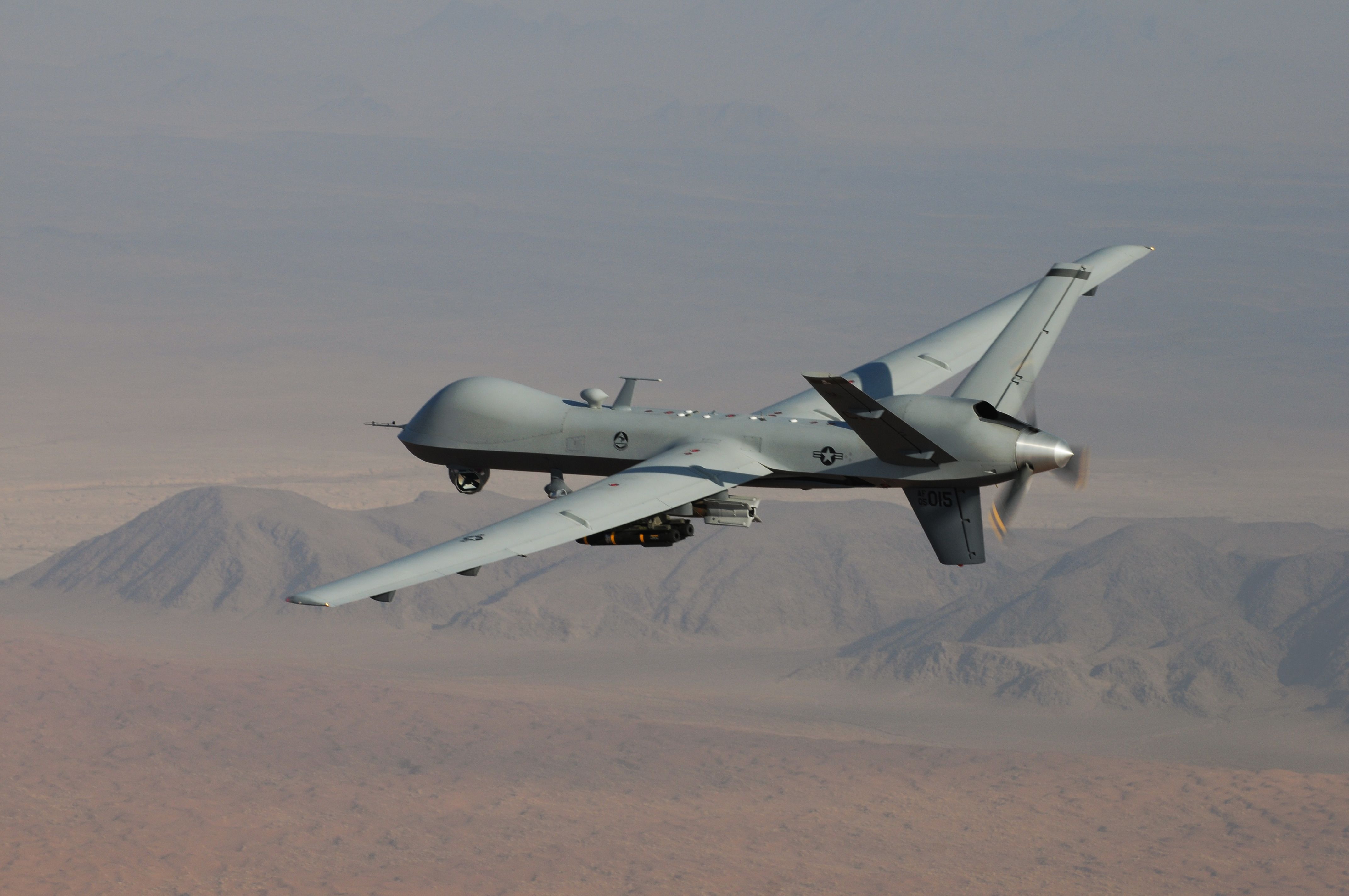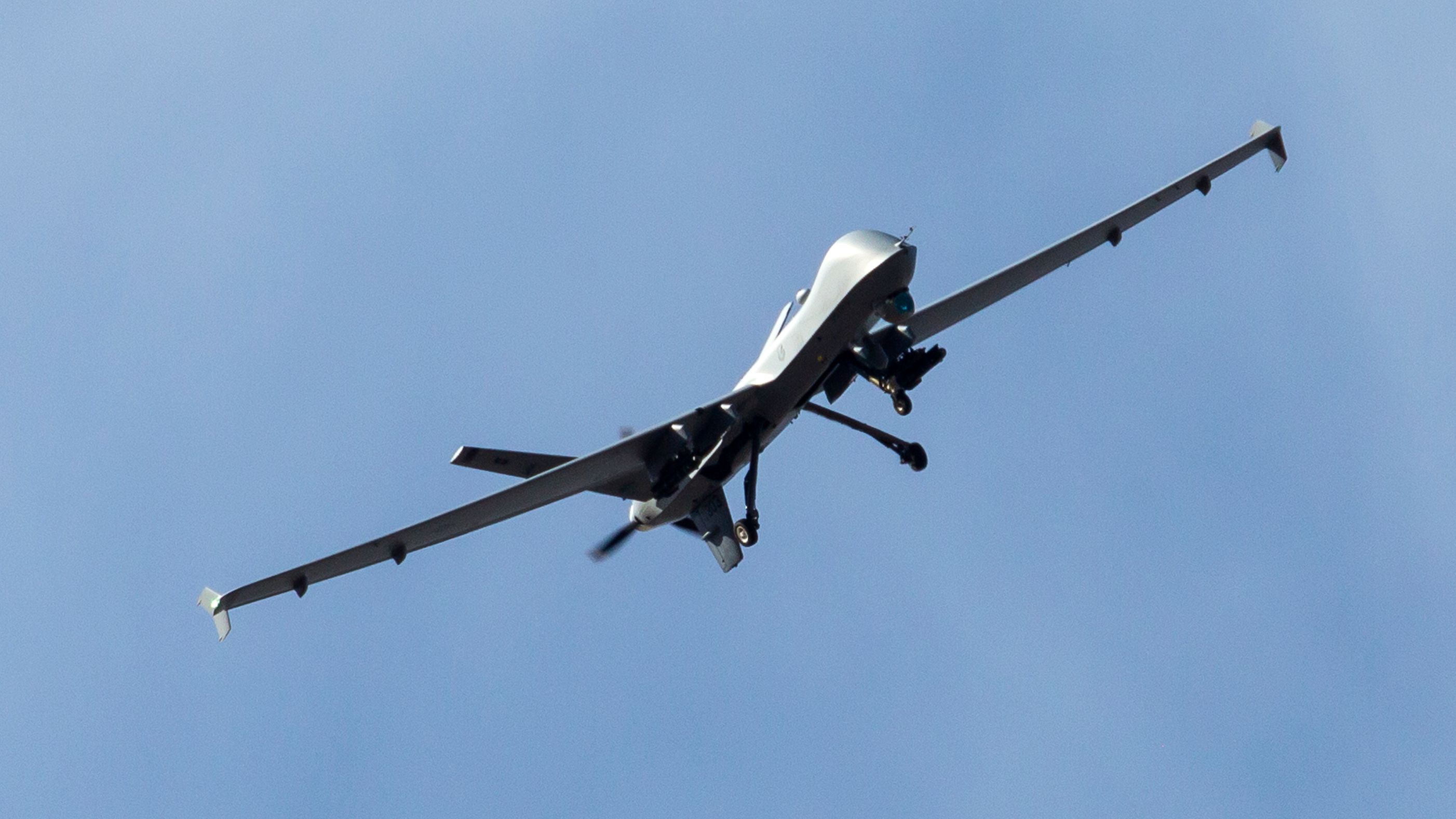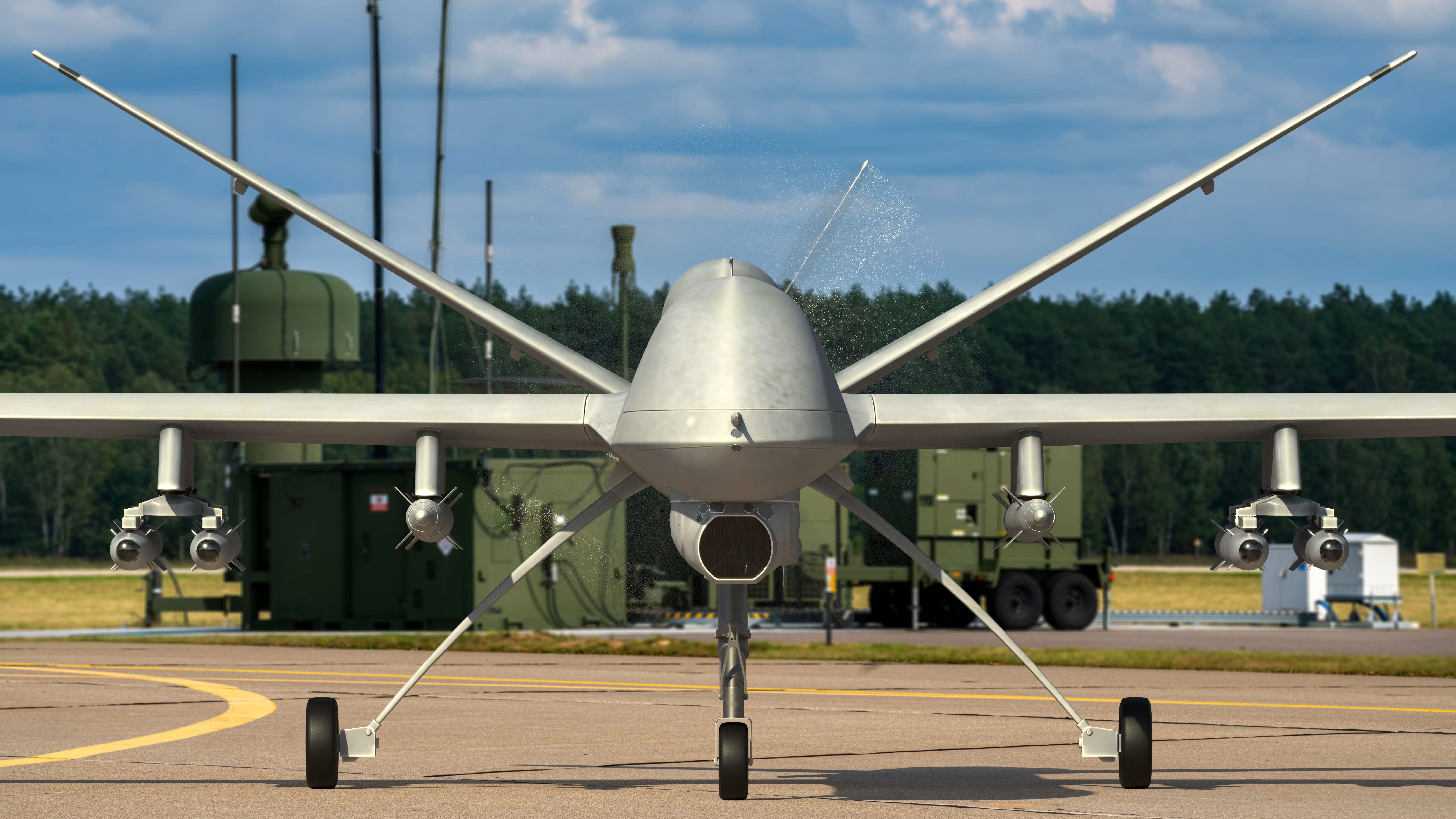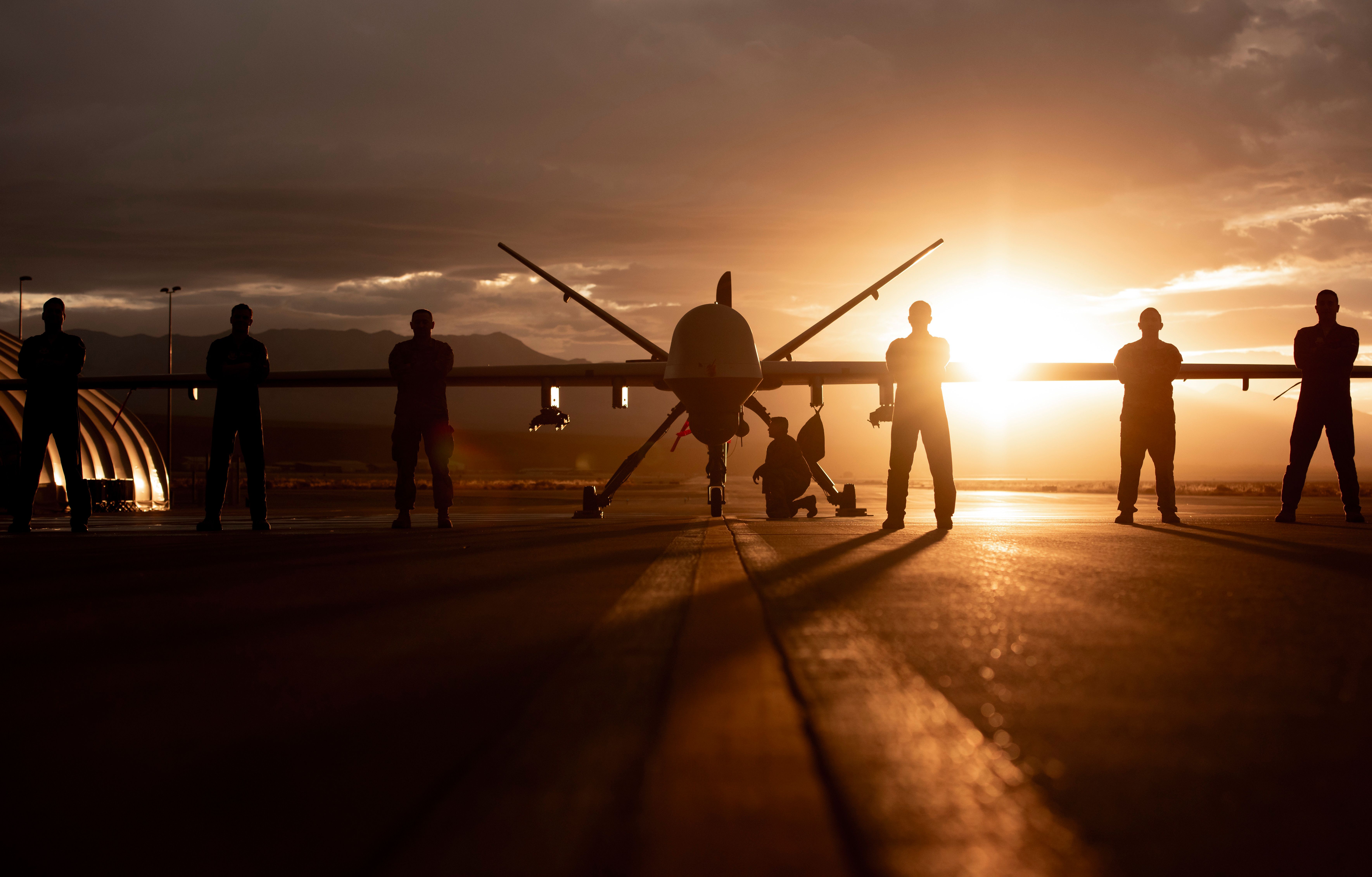Summary
- The MQ-9 Reaper is a versatile, advanced UAV developed for the USAF, offering enhanced combat, surveillance, coordination, and reconnaissance capabilities.
- Equipped with AGM-114 Hellfire missiles, GBU-12 Paveway II, and GBU-38 Joint Direct Attack Munitions, the Reaper can engage targets with precision strikes and support ground troops.
- The Reaper’s secondary use is for intelligence, surveillance, and reconnaissance (ISR) missions, providing high-resolution imagery and real-time data, enabling the USAF to monitor large areas and gather crucial intelligence.
The MQ-9 Reaper is an advanced uncrewed aerial vehicle (UAV) developed for the United States Air Force (USAF) by General Atomics Aeronautical Systems. Known for its versatility, endurance, and precision, the MQ-9 Reaper plays a crucial role in modern military tactics.
What is the MQ-9 Reaper?
The MQ-9 Reaper is an evolution of the MQ-1 Predator – hence its nickname, Predator B – designed to provide the USAF with enhanced combat, surveillance, coordination, and reconnaissance capabilities.
Photo: United States Air Force
The Reaper’s fully operational system includes multiple sensor/weapon-equipped aircraft, a ground control station, the Predator Primary Satellite Link, spare equipment, and operation and maintenance crews for 24-hour missions.
Its basic crew comprises a rated pilot to control the aircraft and command the mission and an enlisted aircrew member to operate sensors and weapons. Sometimes, a mission coordinator is deployed, if needed.
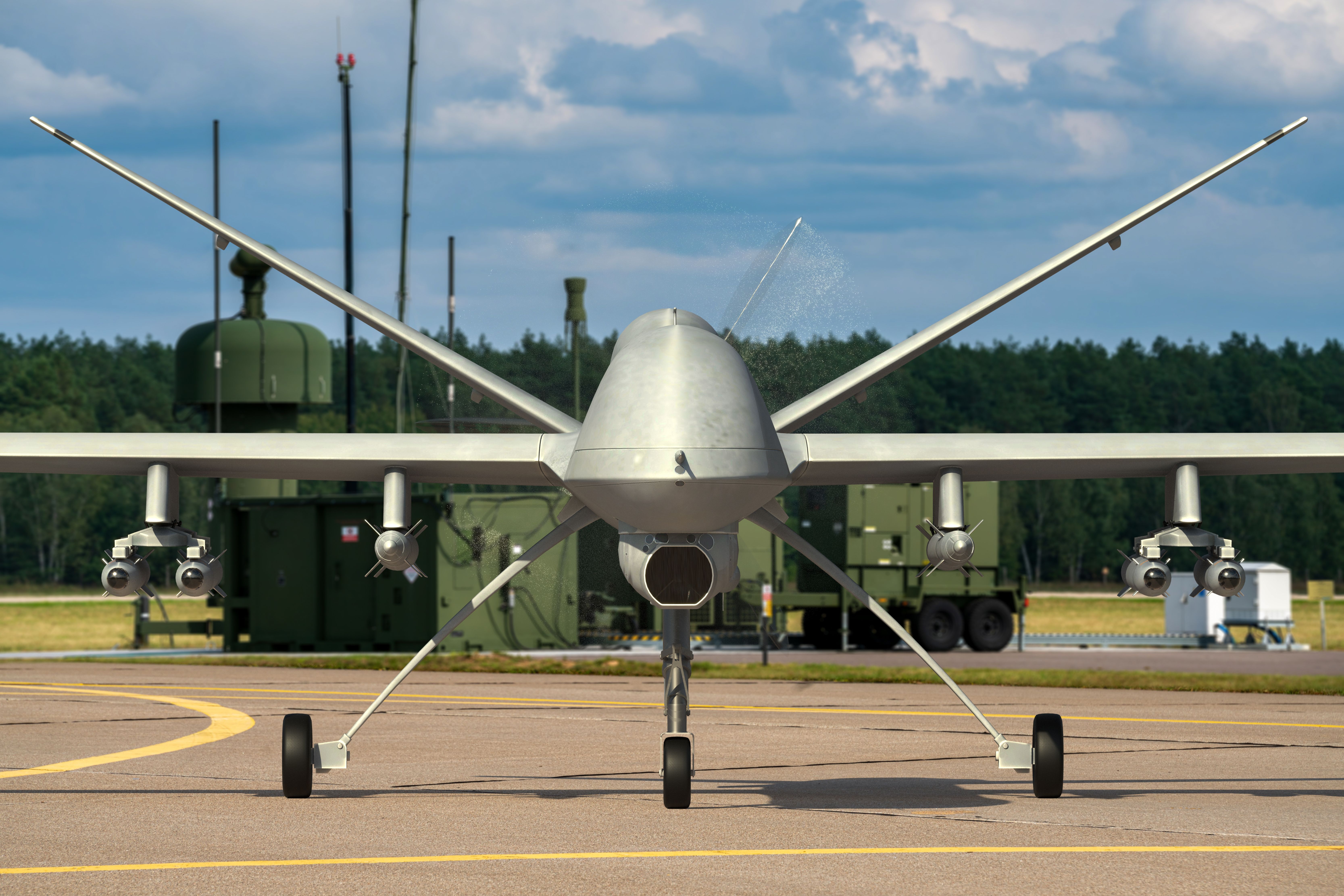
Related
General Atomics Developing New ABAD Pod To Boost Battlefield Awareness Of USAF MQ-9A Drones
Enhancing the drone’s defense against enemy threats.
The Reaper is significantly larger and more capable than its predecessor. According to the USAF, it has a wingspan of 66 feet (20.1 meters) and a maximum takeoff weight of over 10,500 pounds (4,760 kilograms). It is powered by a Honeywell TPE331-10GD turboprop engine, allowing it to reach altitudes of up to 50,000 feet (15,240 meters).
Other general characteristics include:
- Maximum speed: 240 knots (276 mph / 444 km/h)
- Range: 1,000 nautical miles (1,150 miles / 1,852 kilometers)
- Length: 36 feet (11 meters)
- Height: 12.5 feet (3.8 meters)
Fun fact: The “M” is the Department of Defense designation for multi-role, and “Q” means remotely piloted aircraft system.
The “grim” Reaper
In its primary role, the MQ-9 Reaper is a formidable combat platform that can deliver customized capabilities using mission kits that contain various combinations of weapons and sensor payloads.
Per Creech Air Force Base, it is equipped with a combination of AGM-114 Hellfire missiles, GBU-12 Paveway II, and GBU-38 Joint Direct Attack Munitions. These weapons enable the Reaper to engage targets with precision strikes, supporting ground troops and eliminating high-value targets.
|
AGM-114 Hellfire missiles |
Four laser-guided Air-to-Ground (AGM) missiles providing high-precision, low-collateral damage, anti-armor and anti-personnel engagement capabilities. |
|
GBU-12 Paveway II |
A Guided Bomb Unit (GBU) supported by a laser range finder/designator that precisely designates targets for the deployment of laser-guided munitions. |
|
GBU-38 Joint Direct Attack Munitions |
A GBU supported by a synthetic aperture radar to allow for accurate targeting. |
Intelligence, surveillance and reconnaissance
The secondary use of the MQ-9 Reaper is for intelligence, surveillance, and reconnaissance (ISR) missions. Equipped with advanced sensors, the Reaper provides high-resolution imagery and real-time data. These capabilities enable the USAF to monitor large areas, track enemy movements, and gather crucial intelligence with unparalleled precision.
Photo: BlueBarronPhoto | Shutterstock
The MQ-9 Reaper’s endurance allows it to conduct persistent surveillance over target areas for extended periods. This continuous monitoring is essential for maintaining situational awareness and ensuring timely responses to emerging threats. The Reaper’s ability to loiter over a target provides the USAF with a comprehensive understanding of the battlefield dynamics.
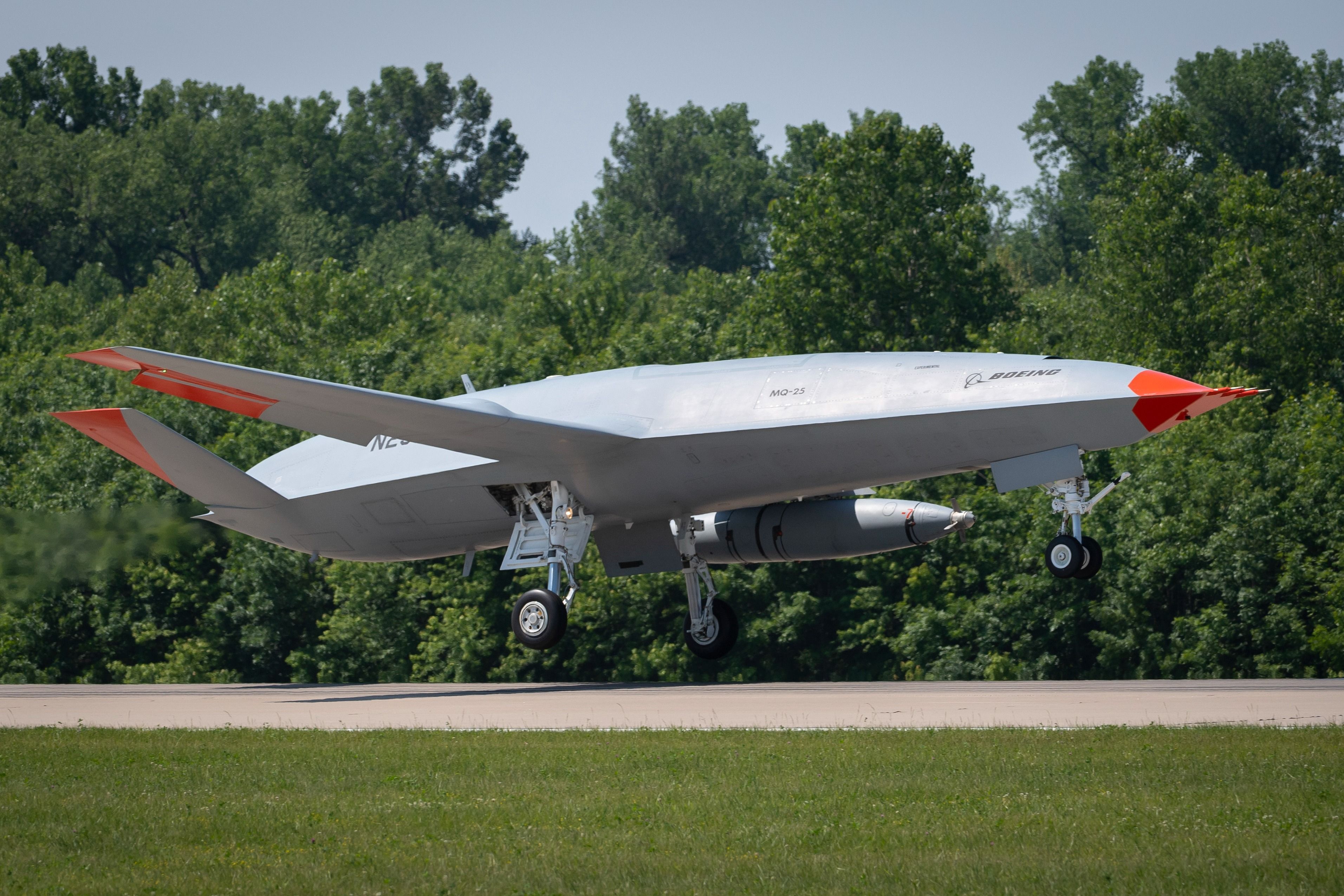
Related
Fighter Jets Vs Drones: Will UAVs Take The Lead In Combat?
UAVs complement the capabilities of traditional fighter jets.
Further, the Reaper’s advanced imaging systems allow it to identify and track targets with remarkable accuracy. This capability is crucial for distinguishing between combatants and non-combatants, reducing the risk of collateral damage during military operations. The MQ-9 can also relay real-time video feeds to ground control stations and command centers, facilitating informed decision-making and precise targeting.
Why is the MQ-9 Reaper used?
The MQ-9 Reaper offers several strategic and tactical advantages that enhance the USAF’s operational capabilities. Its versatility, endurance, and precision make it a valuable asset in various military scenarios.
Photo: Mike Mareen | Shutterstock
Compared to crewed aircraft, the Reaper is more cost-effective to operate and maintain. Its uncrewed nature eliminates the need for extensive life support systems and reduces pilot training costs. The Reaper’s relatively low operating costs enable the USAF to conduct sustained operations without straining the defense budget.
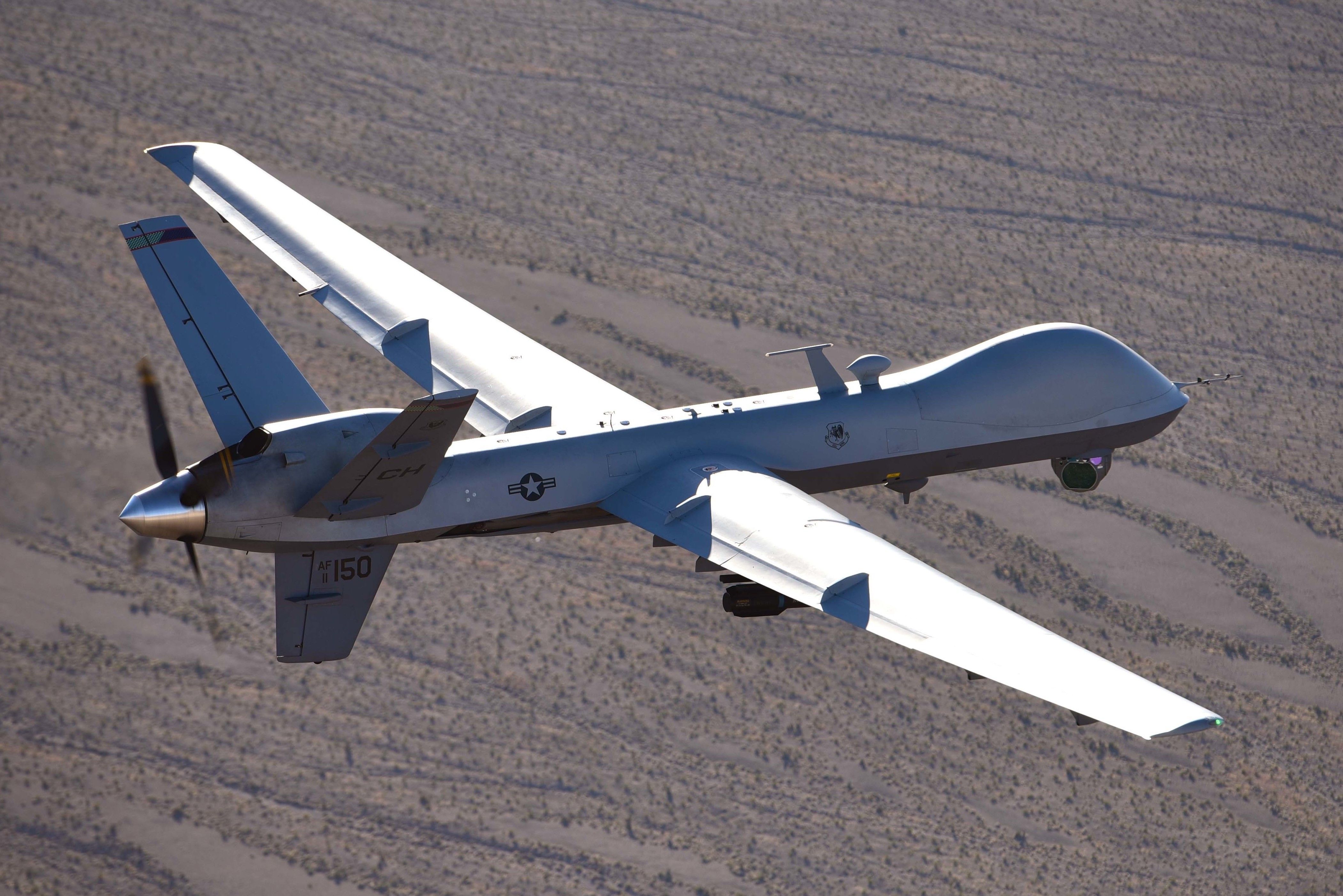
Related
5 Fast Facts About The MQ-9 Reaper Unmanned Aerial Vehicle
The UAV brings a lot to the table.
The use of uncrewed systems like the Reaper minimizes the risk to human pilots, particularly in high-threat environments. By keeping operators safely located in ground control stations, the USAF can conduct missions in hostile territories without exposing personnel to direct danger. This advantage is particularly significant in counterinsurgency and counterterrorism operations.
Moreover, the Reaper’s modular design allows it to be equipped with various payloads, making it adaptable to different mission requirements. Whether it’s conducting ISR, performing precision strikes, or providing close air support, the Reaper can be configured to meet the specific needs of each mission. This flexibility ensures that the USAF can respond effectively to a wide range of operational scenarios.
Importantly, the remotely piloted aircraft is easy to transport. The Reaper can be dismantled and packed into a single container for global deployment. The entire system is transportable by the C-130 Hercules or larger aircraft.
In summary
The MQ-9 Reaper drone has revolutionized the way the USAF conducts military operations, offering unmatched capabilities in combat and ISR operations. Its advanced sensors, endurance, and precision weaponry make it a critical asset in modern warfare.
Photo: United States Air Force
As of March 2021, the USAF has 280 Reapers in its inventory. In the constantly evolving world of military aviation, the MQ-9 Reaper will continue to play an increasingly vital role in addressing the challenges of the 21st-century battlefield.


